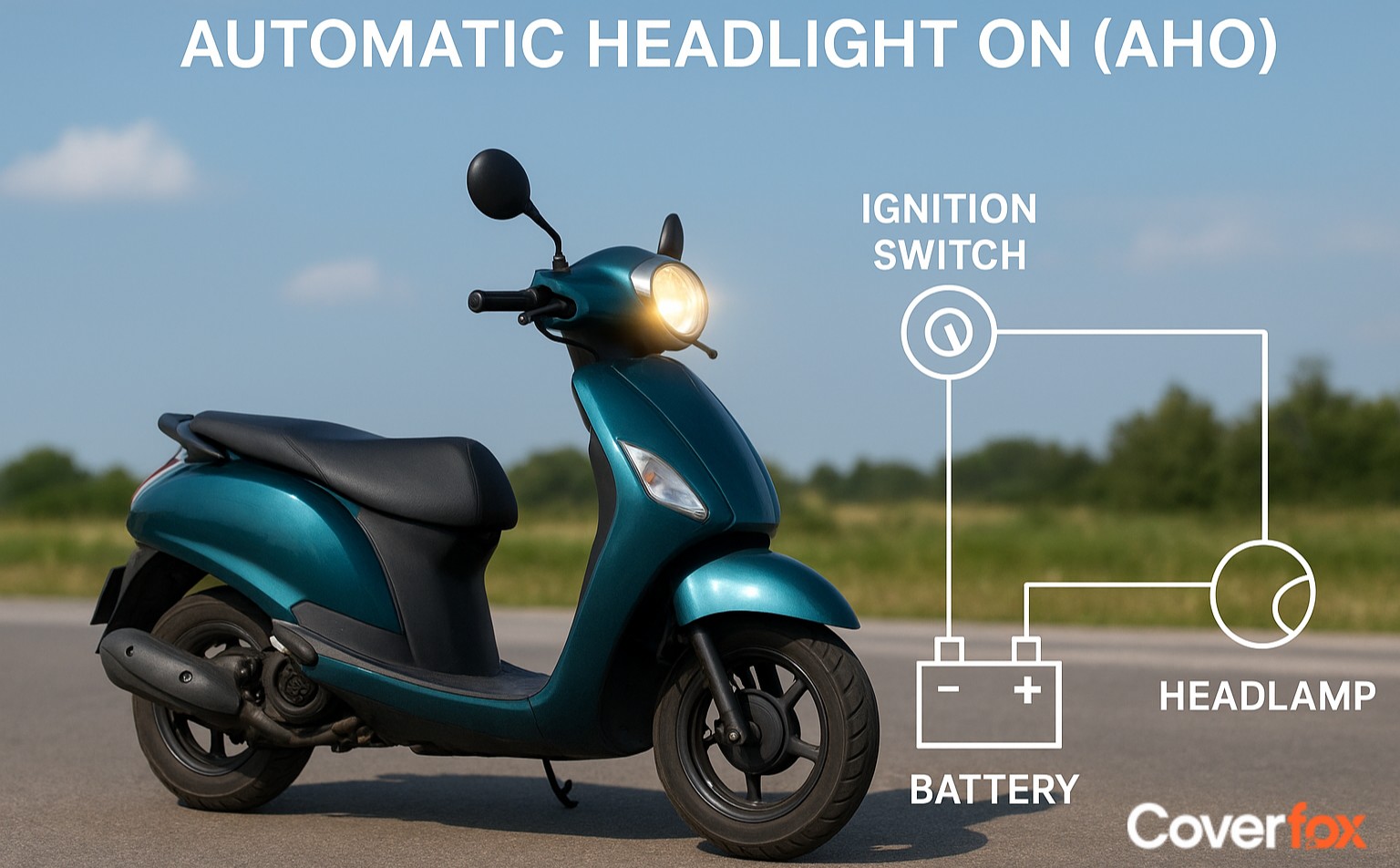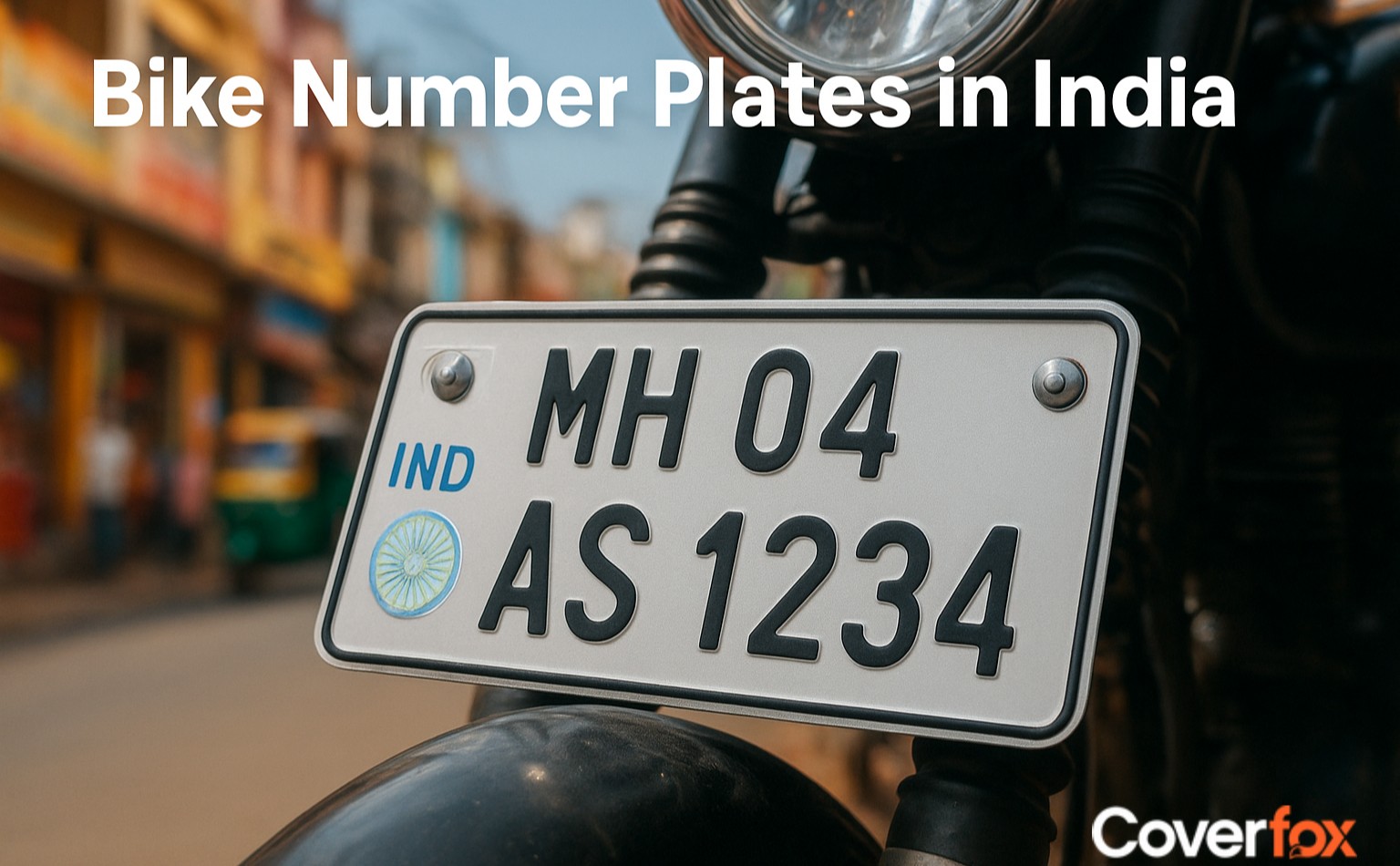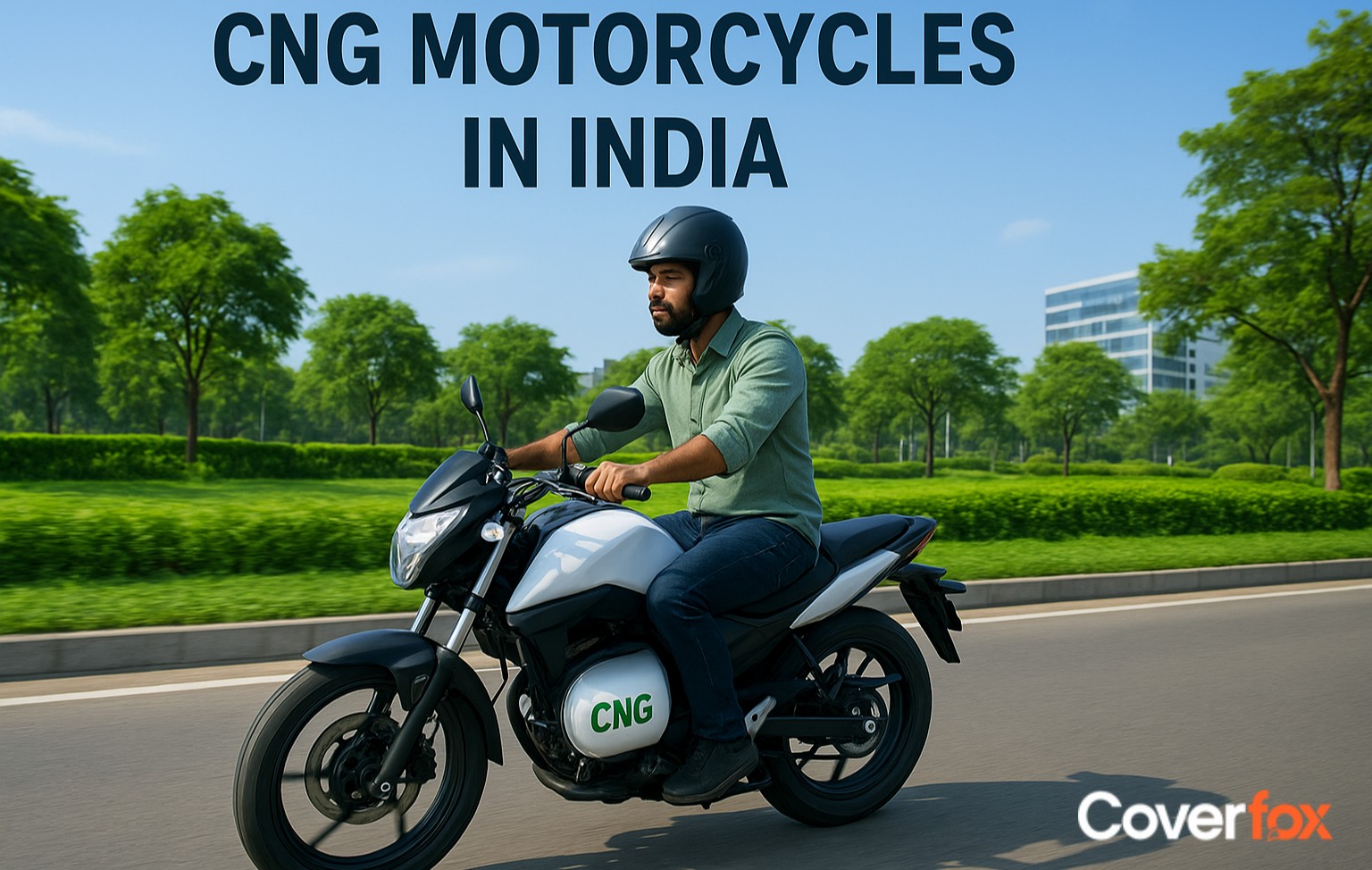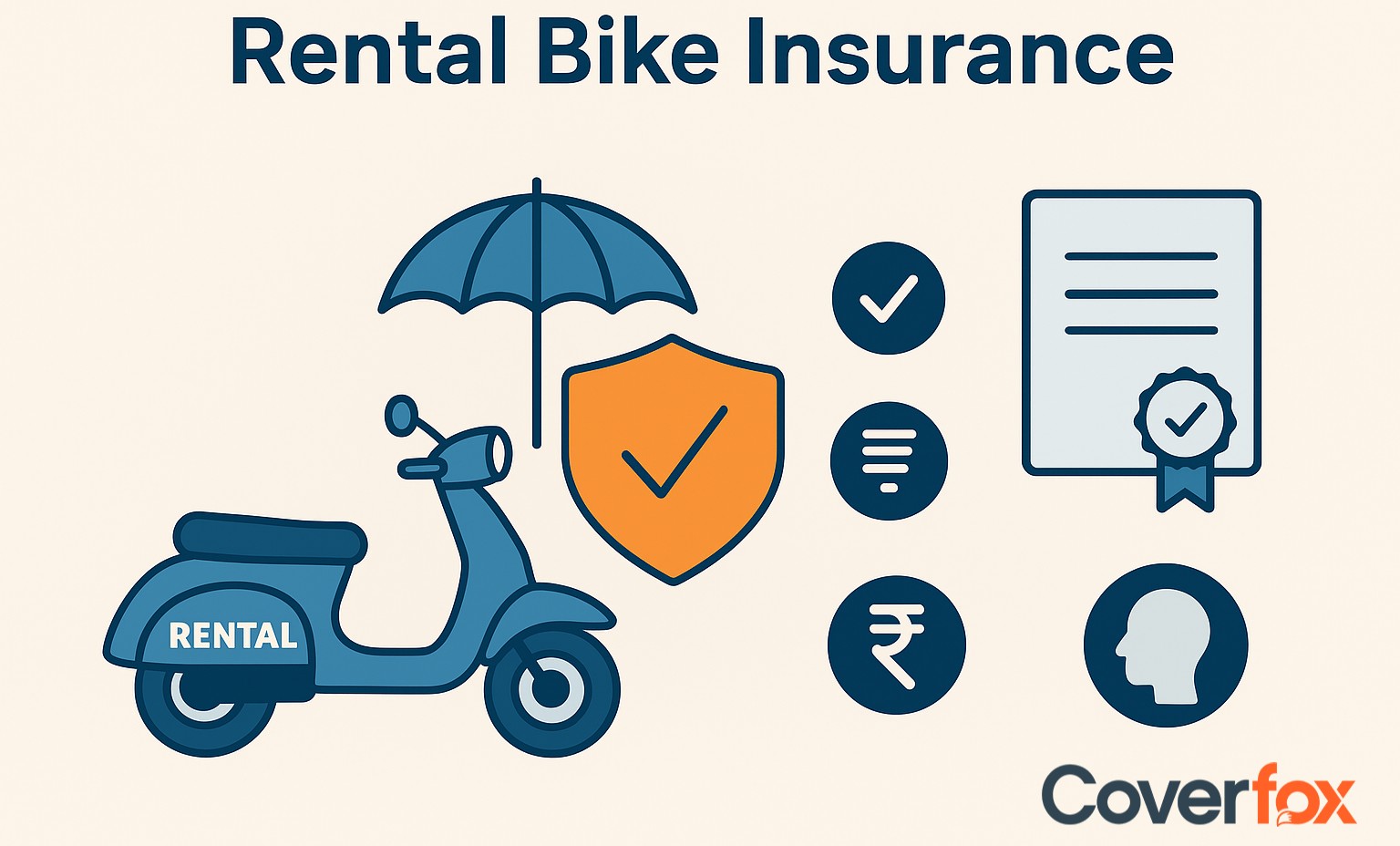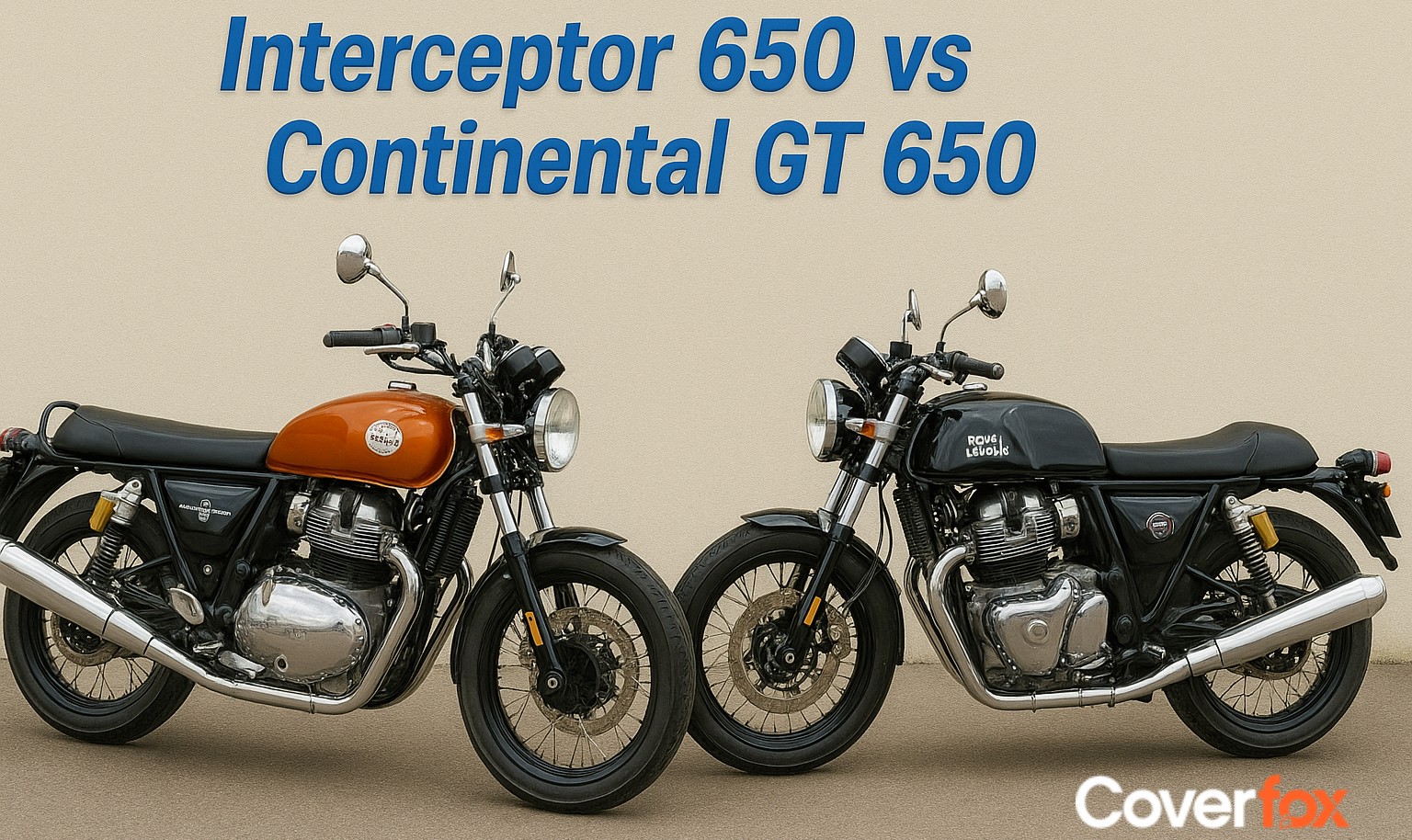There are many factors that can help you understand how a vehicle works. One such factor is the braking system, and this one is a real life-saver, quite literally.

Although, the primary purpose of the braking system is to stop or hinder the motion of the car or bike, there are majorly 2 types of braking system that adhere to that function but have different construction and maintenance. Before we start comparing them, let us understand what the 2 types of braking system (Disc or Drum Brakes) exactly are and then help you decide which one you should opt for.
What Are Disc Brakes?
Disc brakes are the most common types of braking system in vehicles. They work on the principles of friction. When you apply brakes, the braking pads press against a rotating disc (rotor) that helps convert kinetic energy into heat, thus slowing down the vehicle. Disc Brakes are used in modern cars, motorcycles and bikes, aircrafts and racing vehicles, mainly because of their heat resistance, high performance and strong reliability in wet areas.
Components of Disc Brakes
Brake Disc (Rotor)
A metal disc connected to the wheel
Brake Pads
Friction materials that press against the disc
Calliper
A housing that contains pistons and brake pads, and applies force to the pads
Pistons
Hydraulic components inside the calliper that push the brake pads onto the disc
Brake Fluid
Transfers the force from the brake pedal to the calipers via hydraulic pressure
How do Disc Brakes work?
Let us understand how disc brakes work step-by-step:
- The driver applies brakes
- Brake fluid is forced through brake lines into the Calliper
- The pistons then press the brake pads against the rotating disc
- The friction between the pads and the disc slows the wheel's rotation as it converts the energy into heat, eventually the vehicle is halted.
Pros and Cons of Disc Brakes
Disc Brakes come with their own set of advantages and disadvantages, here is a table that showcases the plus and minus points of disc brakes.
| Pros of Disc Brake | Cons of Disc Brake |
|---|---|
| Provide strong and consistent braking power | Generally more expensive than drum brakes |
| Perform better in wet conditions | Require more complex maintenance |
| Dissipate heat efficiently | Can wear out brake pads faster |
| Less prone to brake fade | Exposed to dust and debris |
| More responsive and precise control | May produce noise or squealing |
| Easier to inspect visually | Require higher manufacturing precision |
What Are Drum Brakes?
These types of brakes are more traditional, and can be found in older versions of vehicles. However, a few modern day vehicles still use them because they are affordable and cost effective. Drum brakes work by pressing brake shoes against the inner surface of a rotating drum attached to the wheel. They are mainly used in rear brakes, commercial vehicles, and some low-end bicycles because of their durability and low-cost.
Components of Drum Brakes
Brake Drum
A cylindrical drum attached to the wheel that rotates with it
Brake Shoes
Curved friction material that presses outward against the drum
Wheel Cylinder
Contains pistons that push the brake shoes outward
Return Springs
Pull the brake shoes back to their original position after braking
Backing Plate
The base that supports all brake components.
How do Drum Brakes work?
This is a step-by-step guide for understanding the functioning of drum brakes:
- The driver presses the brake pedal
- The master cylinder activates and sends brake fluids to the wheel cylinder
- Brake fluid helps the pistons move outwards
- The pistons push the brake shoes outward, causing them to press against the inner surface of the rotating brake drum
- This creates friction, bringing down the speed and eventually stopping the vehicle
- As the pedal is released, the drums shift back to its original position
- A few drum brake systems have a self adjustment mechanism to further elongate the life of the brakes.
Pros and Cons of Drum Brakes
| Pros of Drum Brake | Cons of Drum Brake |
|---|---|
| Lower manufacturing and maintenance cost | Less effective heat dissipation |
| Longer life in low-stress applications | More prone to brake fade |
| Enclosed design keeps out dirt and debris | Not as effective in wet conditions |
| Integrated handbrake system is easier | More complex to inspect and service |
| Suitable for long-term, heavy-duty use | Heavier and bulkier than disc brakes |
Key Differences Between Disc Brakes and Drum Brakes
Let us understand the key differences between the modern disc brakes and traditional drum brakes:
| Parameter | Disc Brakes | Drum Brakes |
|---|---|---|
| Less prone to brake fade due to better heat dissipation | More prone to fade, especially under heavy use | |
| Shorter and more consistent stopping distances | Longer stopping distances, especially when hot | |
| Easier to inspect and replace pads | More complex and time-consuming maintenance | |
| Generally lighter | Heavier due to larger components | |
| Perform better in wet conditions | Can lose efficiency when wet | |
| Can produce squealing if pads wear unevenly | Usually quieter but can make grinding noises when worn | |
| Exposed design makes them more prone to surface rust | Enclosed design offers better protection from rust | |
| More visible brake dust on wheels | Less visible dust but can accumulate inside the drum | |
| Fewer moving parts; simpler design | More components like springs and adjusters | |
| More expensive to manufacture and replace | Cheaper and more cost-effective | |
| Usually needs a separate mechanism | Easier integration with parking brake | |
| Open design; better for performance | Closed design; better for durability | |
| Superior; ventilated discs cool faster | Poor heat dissipation; heat builds up easily | |
| Less durable under heavy loads over time | More durable for prolonged use in certain conditions | |
| Common in high-performance and front braking systems | Common in rear brakes of budget or utility vehicles |
Which Brake System Is Right for You?
Here are a few pointers for each braking system to make this decision easy for you:
Go for Drum Brakes for
- Durability
- Lower price
- Lower maintenance costs
- Simple, semi-urban to urban commuting
Opt for Disc Brakes for
- Higher Performance
- Simpler maintenance (Can check visually for wear and tear)
- Strong Performance in hilly and wet environments
- Require top-notch braking system (Example: for racing vehicles)
- Better than Drum Brakes in traffic prone areas
Honestly, it all comes down to your needs and budget. Nowadays, people are using the combination of disc and drum brake in their vehicles. Front wheels where generally most of the braking works have disc brakes, whereas at the rear drum brakes are used. You can opt for this hybrid version as well.
Conclusion
While disc brakes are expensive, they give out strong performance in worse conditions. Whereas drum brakes are cost effective and durable, but lack performance compared to disc brakes. Both braking systems are reliable in their own standards. Ensure you maintain these braking systems, as they do wear out and as a line of defence against accidents, you want them to work efficiently. Braking pads are generally not covered under insurance (unless damaged in an accident), so ensure you opt for consumable add-ons for your car insurance or bike insurance policy to save up on repair costs for braking pads. Brakes do not make you invulnerable, drive safely.
Also Read:
- Advanced Driver Assistance System (ADAS)
- What Is Covered in Your Two-Wheeler Insurance Policy?
- How to Check Your Bike Insurance Status?
Frequently Asked Questions
Can I replace drum brakes with disc brakes?
Yes, you can replace your braking systems, but get it done through a mechanic or a professional as it requires complex tasks like switching the master cylinder, braking fluids and other components that can get really expensive.
How often should brake components be inspected?
At least once a year you should get your brake pads checked.
Do disc brakes perform better in wet conditions?
Disc brakes perform better than drum brakes in wet conditions.
Do drum brakes last longer than disc brakes?
Yes, drum brakes have better durability than disc brakes.
What is the major drawback of drum brakes?
Drum brakes do not perform well in wet conditions, and require longer stopping time. Their heat dissipation is also weak, causing brake fade.
What is the major drawback of disc brakes?
Disc brakes are expensive, and their maintenance costs are high as well. They are vulnerable to dust and corrosion.
